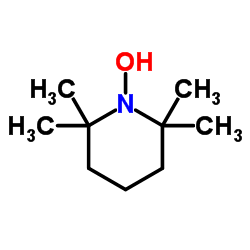| Structure | Name/CAS No. | Articles |
|---|---|---|
 |
sodiumborohydride
CAS:16940-66-2 |
|
 |
Copper sulfate pentahydrate
CAS:7758-99-8 |
|
 |
2,2,6,6-Tetramethylpiperidinooxy
CAS:2564-83-2 |